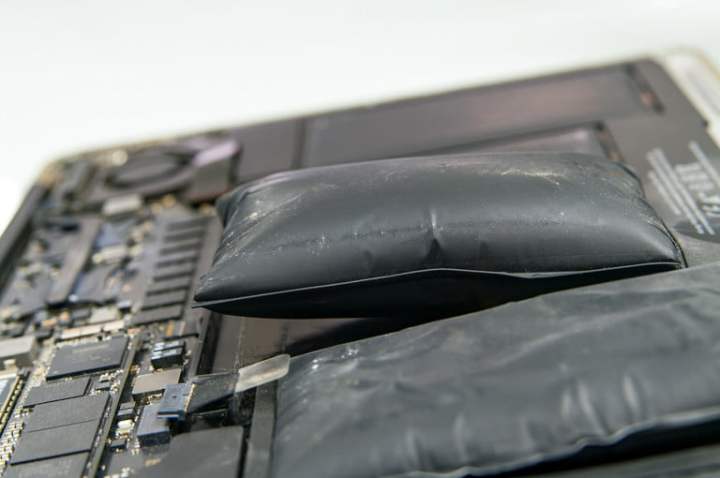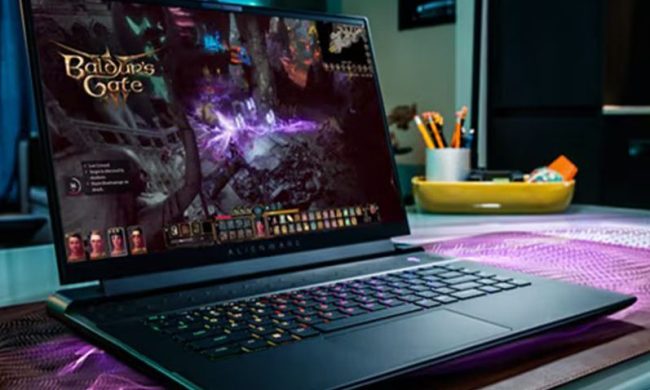We all want to get the most out of our laptops, and that includes doing what we can to extend the lives of our laptops’ batteries. But sometimes, despite our best efforts, we can still run into situations where our batteries can get damaged. In this guide, we’re taking a closer look at laptop battery swelling, its causes, and what you can do if your laptop shows signs of it.
What is laptop battery swelling?

“Laptop battery swelling” is actually what it sounds like: a swollen (read: distended or bloated) laptop battery. And in some cases, a swollen laptop battery can result in a damaged laptop chassis as well: As the bloated battery expands, it can warp the chassis, the touchpad, the keyboard, or even the display, and cause them to bulge out and split open.
Many laptops use lithium-ion batteries, and swollen batteries are a known issue with this kind of battery. Are swollen lithium-ion batteries dangerous? The general consensus is yes, swollen batteries can be dangerous and can be a fire or explosion hazard. Removing a swollen battery from your laptop can also be perilous, but it’s also unsafe to keep running your laptop with one or otherwise leaving it in your laptop.
That all said, the swollen battery should be removed as soon as possible, but we strongly urge you to be cautious and avoid removing the swollen laptop battery on your own.
Instead, stop charging and using your laptop. Turn it off, then (ideally) put your laptop in a fireproof box or vessel, and then bring it to a trusted PC repair shop, and allow them to handle the battery removal and the repair of your device.
Causes of laptop battery swelling
There are a number of factors that can contribute to or lead to battery swelling. Age, excessive charge cycles over its lifetime, and heat can all increase the possibility of battery swelling. It can also be caused by manufacturer defects or other kinds of physical damage.
In any case, laptop battery swelling happens when the battery is no longer able to correctly carry out the chemical reaction necessary for power generation. As a result of these faulty chemical reactions, gases are produced (mostly carbon dioxide, but hazardous gases can be present as well), and these gases build up. The buildup of gases will then cause the battery to swell up and, in some cases, cause those characteristic bulges you’ll see on laptops with particularly swollen batteries.
How to deal with it
You should immediately stop using the device, but it may be repairable. Your only option is to have it safely removed as soon as possible (preferably by a PC repair professional) and then have it replaced with a battery that is compatible with your device. Keep the laptop in a fireproof receptacle until you can get it to a repair shop. If you plan on removing the battery yourself (which we don’t recommend), do not simply throw the swollen laptop battery away: Take it to a local collection site that accepts e-waste and hazardous materials.


